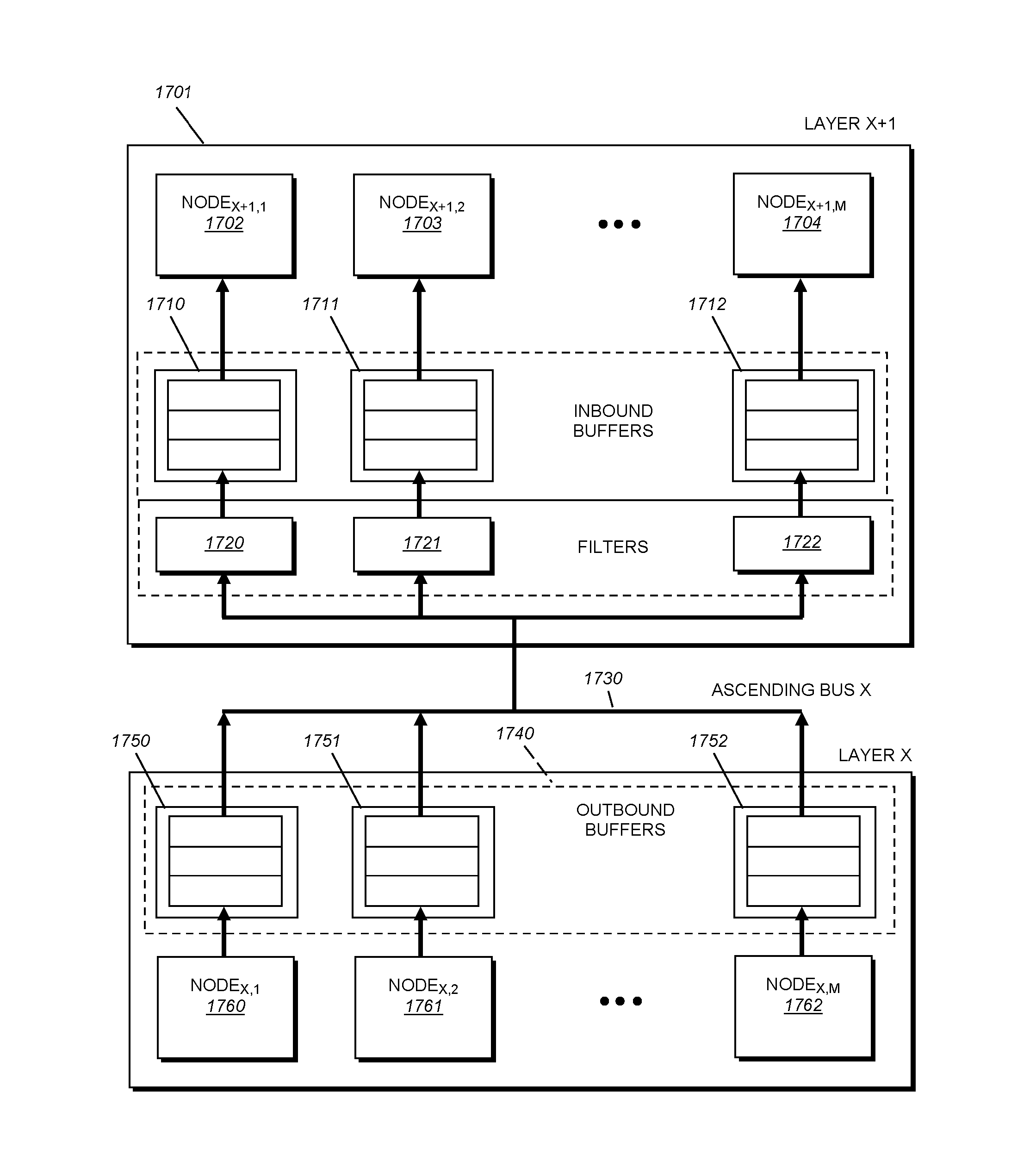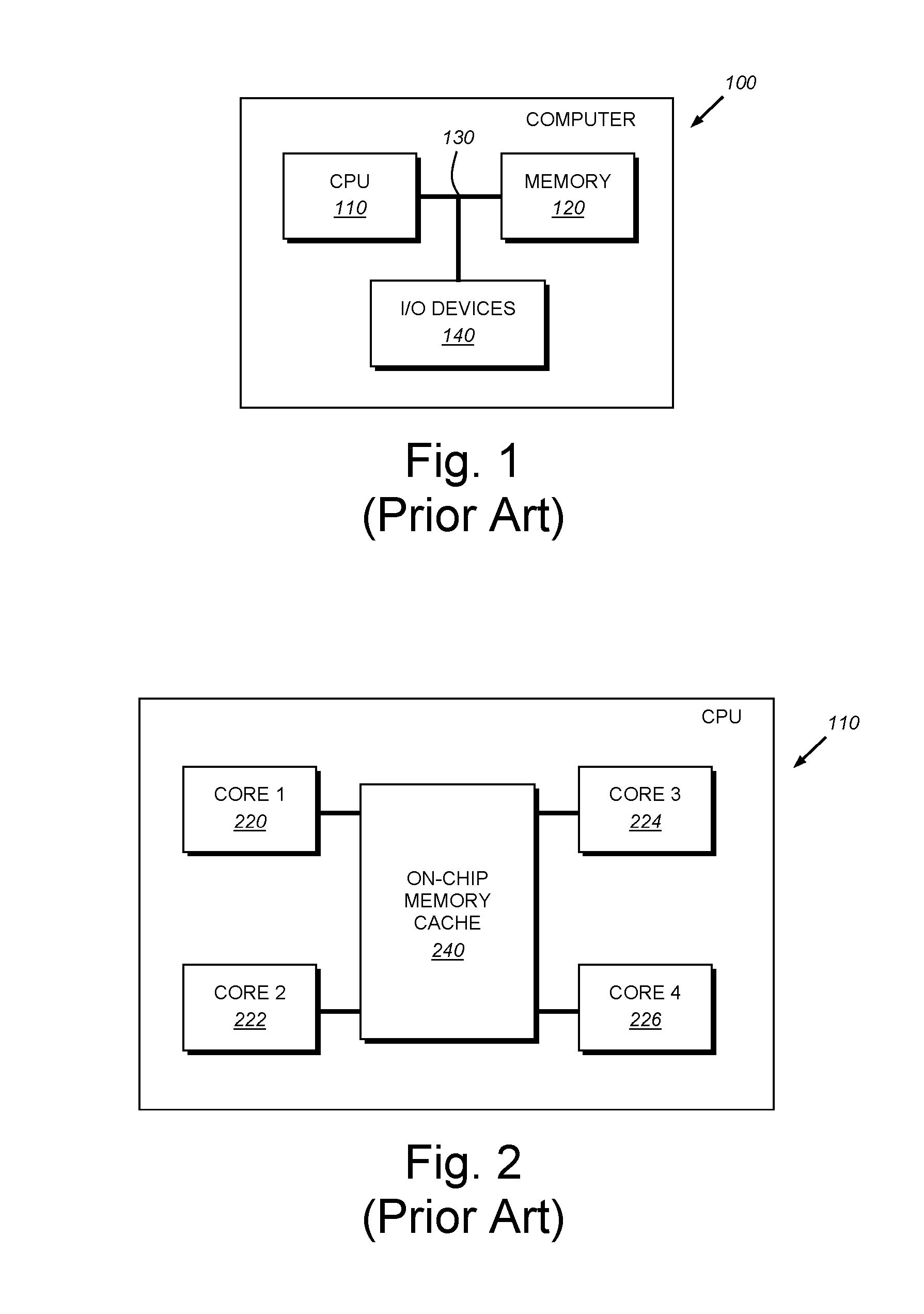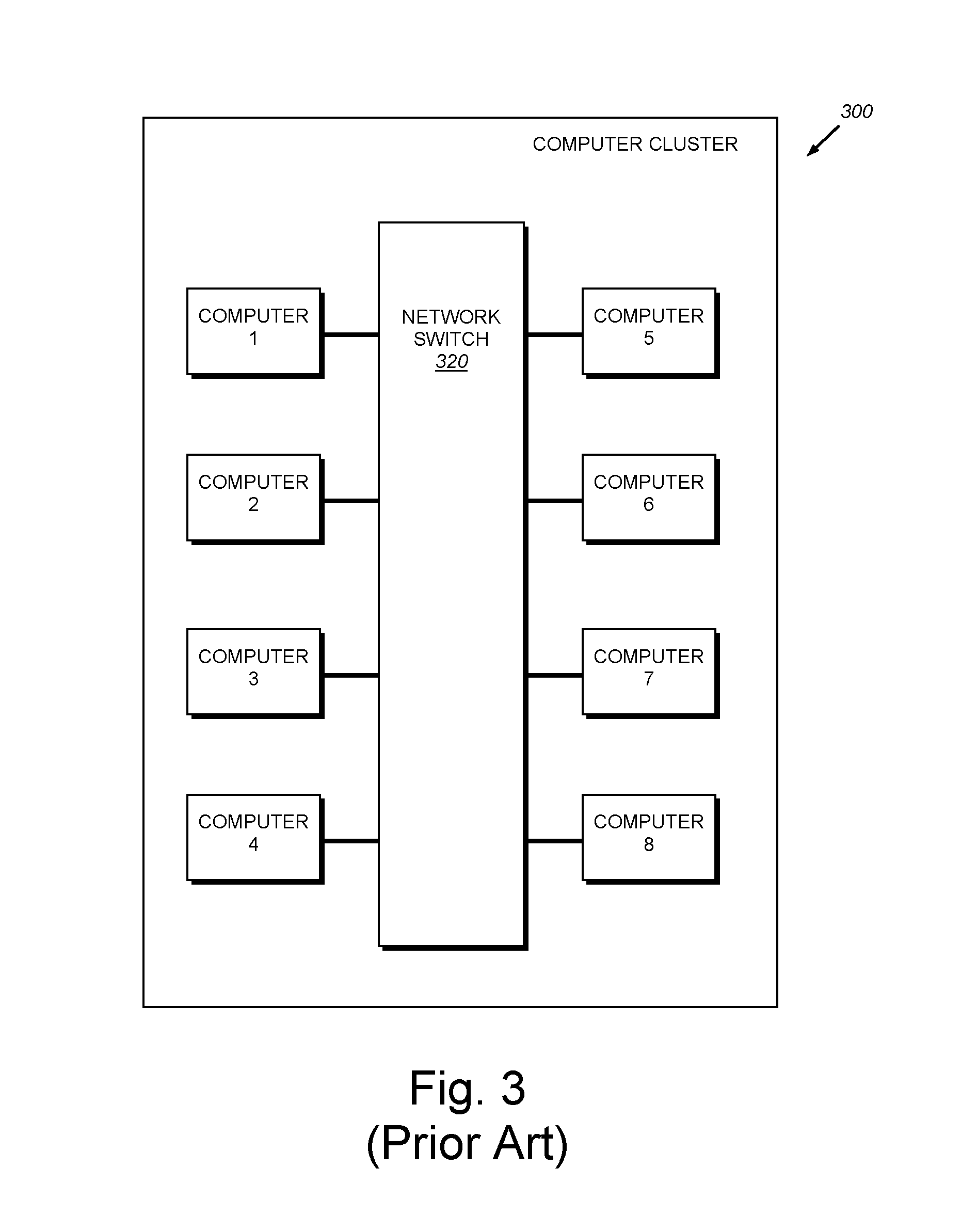Power-efficient sensory recognition processor
a processing processor and sensory technology, applied in the field of power-efficient computer architecture, can solve the problems of general recognition, inapplicability, general recognition, and inability to find practical use, and achieve the effect of efficient recognition of sensory information
- Summary
- Abstract
- Description
- Claims
- Application Information
AI Technical Summary
Benefits of technology
Problems solved by technology
Method used
Image
Examples
Embodiment Construction
[0037]The description will be provided mainly in the context of a vision system. It is expressly contemplated that the teachings herein can be applied to other forms of sensory information capable of conversion into a tangible image or other resolvable arrangement of data. For example, in the case of auditory data, a complex waveform can be generated that includes a number of features. These features can be resolved to provide a mechanism for training and recognizing the underlying auditory subject in accordance with the teachings described herein. Likewise, a medical image derived from, for example, an MRI scan or radar signature can be resolved into features that allow for recognition in accordance with an embodiment herein.
[0038]By way of example, FIG. 4 shows a generalized sensory recognition system 400 adapted to acquire and analyze visual data of a scene 410. In this case the scene 410 is a street containing a vehicle 420—in this example an ice cream truck. Such a system 400 c...
PUM
 Login to View More
Login to View More Abstract
Description
Claims
Application Information
 Login to View More
Login to View More - R&D
- Intellectual Property
- Life Sciences
- Materials
- Tech Scout
- Unparalleled Data Quality
- Higher Quality Content
- 60% Fewer Hallucinations
Browse by: Latest US Patents, China's latest patents, Technical Efficacy Thesaurus, Application Domain, Technology Topic, Popular Technical Reports.
© 2025 PatSnap. All rights reserved.Legal|Privacy policy|Modern Slavery Act Transparency Statement|Sitemap|About US| Contact US: help@patsnap.com



